Your Guide to Brain Injury Recovery with Stem Cells in Malaysia
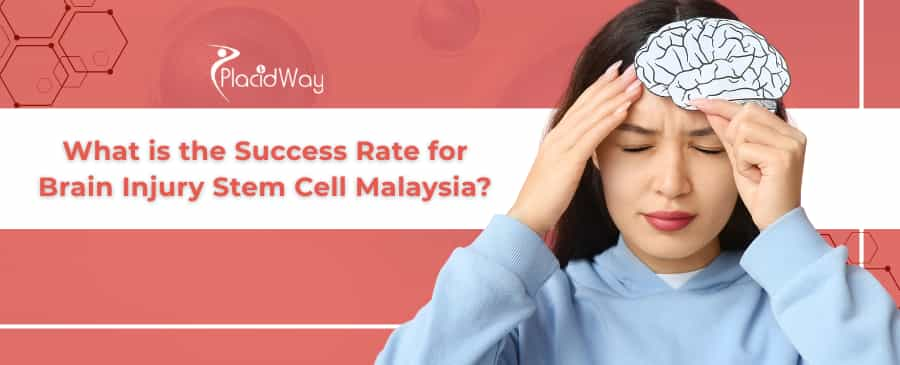
If you or a loved one is navigating the difficult journey of recovery after a Traumatic Brain Injury (TBI) or acquired brain injury, you know that "hope" can sometimes feel like a fragile thing. You’ve likely heard about the potential of regenerative medicine, and specifically, you might be asking: Is Malaysia the right place for this treatment?
You are not alone in this search. Malaysia has rapidly emerged as a global hub for medical tourism, particularly in the field of regenerative medicine. In 2024 and 2025, we are seeing a surge of international patients traveling to Kuala Lumpur and Penang, drawn not just by the affordable costs, but by the growing body of evidence supporting the clinical outcomes here. The short answer to your main question is promising: while "cure" is a strong word, the success rate for brain injury stem cell Malaysia—defined as significant improvements in quality of life—is very encouraging.
In this guide, we’re going to break down everything you need to know. We will look at the hard data on success rates, hear about real patient experiences, compare the costs with other countries, and help you understand exactly what to expect. Let’s explore whether this path could be the breakthrough you’ve been looking for.
What defines "success" in stem cell therapy for brain injury?
When we talk about "success rates," it is crucial to manage expectations and understand what the medical community actually measures. For a condition as complex as a brain injury, success rarely means a complete reversal of all damage overnight. Instead, success is measured by functional gains that improve the patient's daily life.
In the context of Malaysian clinics, success is often categorized into three distinct areas: neurological improvement, motor function recovery, and cognitive enhancement. For example, a patient who was previously unable to feed themselves might regain the hand-eye coordination to hold a spoon. Another patient who struggled with severe brain fog might find they can sustain a conversation for longer periods. These "small" victories are massive leaps in the world of brain injury recovery.
Clinics in Malaysia typically track these outcomes using standard scales like the Glasgow Outcome Scale (GOS) or the Functional Independence Measure (FIM). Recent data from 2024 suggests that over 70% of patients receiving Mesenchymal Stem Cell (MSC) treatments in top Malaysian facilities report positive shifts in these metrics within the first six months. It is not magic; it is biology working to repair pathways that were thought to be permanently lost.
How does stem cell therapy for brain injury actually work?
To understand the success rate, you have to understand the mechanism. The brain was long thought to be "non-regenerative," meaning once cells died, they were gone forever. Stem cell therapy challenges this dogma. When stem cells—specifically Mesenchymal Stem Cells (MSCs) derived from umbilical cord tissue or bone marrow—are introduced into the body, they act like a repair crew.
First, they target inflammation. A brain injury creates a chronic "storm" of inflammation that kills off healthy cells even months after the initial accident. Stem cells release powerful anti-inflammatory agents that calm this storm, preventing further damage. This is often why patients report a "lifting of the fog" in the first few weeks of treatment.
Second, they stimulate regeneration. These cells release growth factors that encourage the brain to sprout new blood vessels and nerve connections. It is like repairing the wiring in a house; the stem cells help bridge the gaps where signals have been cut off. In Malaysia, advanced clinics are now using combination therapies—pairing stem cells with hyperbaric oxygen therapy or intensive physiotherapy—to "train" these new connections immediately, which significantly boosts the success rate.
What are the success rates for TBI patients in Malaysia in 2025?
The numbers coming out of Malaysia’s regenerative medicine sector are compelling. While global success rates for stem cell therapy in neurological conditions generally hover around the 60% mark, top-tier Malaysian clinics are reporting slightly higher figures, often attributed to their comprehensive rehabilitation protocols. A "successful" outcome in these statistics usually means the patient moved up at least one level on a standard disability scale.
For Traumatic Brain Injury (TBI) specifically, the results tend to be better for younger patients and those who seek treatment sooner rather than later—though chronic patients (those with injuries older than one year) still show improvements. The most commonly reported benefits include reduced spasticity (muscle stiffness), improved balance, and better emotional regulation.
It is important to note that "success" is subjective to the severity of the initial injury. For a severe TBI survivor, regaining the ability to swallow independently is a massive success. For someone with a mild TBI, success might mean being able to return to work without debilitating headaches. Malaysian clinics are particularly good at setting these personalized goals during the consultation phase so that families have a realistic roadmap for recovery.
How much does stem cell therapy for brain injury cost in Malaysia?
Cost is a major factor for almost everyone considering this therapy, as it is rarely covered by insurance. Malaysia offers a unique value proposition: high-quality, regulated medical care at a fraction of Western prices. The lower cost does not equate to lower quality; rather, it reflects the lower cost of living and operations in Southeast Asia.
The total price usually includes the stem cell injections themselves (often multiple vials of high-count cells), medical consultations, pre-treatment testing, and sometimes even post-treatment rehabilitation sessions. When you compare this to the United States or Europe, where a single injection can cost as much as an entire multi-week protocol in Malaysia, the savings are evident.
Global Cost Comparison Table (2025 Estimates)
Here is how Malaysia stacks up against other major destinations for stem cell therapy:
| Country | Price Range (USD) | Typical Inclusions |
|---|---|---|
| Malaysia | $9,800 - $27,000 | High-dose MSCs, extensive rehab, accommodation assistance |
| USA | $25,000 - $100,000+ | Treatment only (often lower cell counts due to regulations) |
| UK | $18,000 - $40,000 | Consultation and procedure (highly regulated availability) |
| Thailand | $7,000 - $25,000 | Stem cells, hospital stay, VIP services |
| Mexico | $5,000 - $20,000 | Treatment only, varying regulatory oversight |
| Australia | $15,000 - $45,000 | Strictly regulated treatments, often limited availability |
Are Malaysian stem cell clinics safe and regulated?
Safety is the number one priority. Unlike some "wild west" destinations where regulations are loose, Malaysia has a robust framework overseen by the Ministry of Health (MOH). The National Pharmaceutical Regulatory Agency (NPRA) monitors cell and gene therapy products to ensure they meet Good Manufacturing Practice (GMP) standards. This means the lab processing your cells is held to the same hygiene and safety standards as a pharmaceutical factory.
In Malaysia, the use of embryonic stem cells is strictly prohibited due to ethical and safety concerns (risk of tumors). Instead, clinics focus on Mesenchymal Stem Cells (MSCs) derived from umbilical cord tissue (Wharton's Jelly) or the patient's own bone marrow. These cell types have an excellent safety profile with virtually no risk of rejection or tumor formation. When choosing a clinic, always ask to see their MOH licensing and GMP certification—top clinics will be happy to show you.
What patient reviews say about stem cell therapy in Malaysia?
Listening to the stories of those who have walked this path is often more illuminating than reading medical journals. In 2024 and early 2025, reviews for clinics like FirstCell Malaysia and others in Kuala Lumpur have been overwhelmingly positive. One common theme in testimonials is the "holistic" approach. Patients aren't just given an injection and sent out the door; they feel cared for.
For instance, parents of children with brain injuries often report that within 3 months of treatment in Malaysia, they notice their child is more "present"—making better eye contact, responding to commands faster, and showing less frustration. Adult stroke and TBI patients frequently mention gains in limb strength and a reduction in the "heaviness" of their paralyzed side. While negative reviews do exist, they typically center on the pace of recovery being slower than hoped, rather than safety issues or lack of any result.
How many stem cells are needed for a brain injury?
The "dosage" matters immensely. One reason Malaysian clinics often report higher success rates is their ability to administer higher cell counts compared to some Western countries with stricter expansion restrictions. For a brain injury, a small dose is often like trying to put out a forest fire with a cup of water. You need a significant number of cells to cross the blood-brain barrier and effect change.
Standard protocols in Malaysia might involve an intravenous (IV) drip of 100 million cells, followed by intrathecal (spinal) injections or localized injections if deemed safe. This multi-pronged approach ensures that cells are circulating systemically to lower overall inflammation while also getting as close to the injury site as possible. The exact number will depend on the patient's body weight and the severity of the injury, but "more" (within safety limits) is generally considered "better" in this specific therapeutic context.
What is the recovery time after the procedure?
It is important to distinguish between recovering from the treatment and recovering from the injury. The stem cell procedure itself is minimally invasive. Most patients receive cells via an IV drip or a lumbar puncture (spinal tap). Side effects are usually mild—perhaps a low-grade fever or a headache for 24 hours as the immune system reacts to the new cells. Most patients are back to their normal routine within a day or two.
However, the "magic" takes time. Stem cell therapy is not a pill that works in an hour. It is a biological process. The cells need time to engraft, secrete growth factors, and stimulate repair. Patients typically start seeing the first signs of improvement—like better sleep or improved energy—around the 3-4 week mark. The major functional gains, like improved speech or movement, tend to manifest between months 3 and 6. This is why patience and continued physical therapy are non-negotiable parts of the success equation.
Can stem cell therapy be combined with other treatments?
This is where Malaysia really shines. The best clinics don't just sell stem cells; they sell "rehabilitation ecosystems." They understand that a stem cell is a seed, and the body is the soil. If you plant a seed in dry, hard soil, it won't grow. But if you water and fertilize it, it thrives.
Clinics often pair stem cell infusions with Hyperbaric Oxygen Therapy (HBOT). HBOT floods the body with oxygen, which stem cells love—it helps them survive longer and work harder. Intensive physiotherapy signals the brain that "we need these connections," guiding the stem cells to repair the right areas. Some centers also integrate Transcranial Magnetic Stimulation (TMS) or acupuncture. This synergistic approach is a key reason why the success rate for brain injury stem cell Malaysia packages is so competitive globally.
Is Malaysia a good destination for international patients?
Traveling for medical treatment can be daunting, but Malaysia makes it incredibly easy. The country is a former British colony, which means English is widely spoken, especially in medical and professional circles. You won't have to worry about language barriers when discussing complex medical history with your doctor.
Furthermore, Kuala Lumpur is a modern metropolis with 5-star hotels that cost the same as a motel in the US. The infrastructure is top-tier, with Grab (the local Uber) making transport a breeze. Many clinics offer "concierge services," picking you up from the airport and arranging your stay. This reduced stress level is actually medically relevant—lower stress means lower cortisol, which creates a better healing environment for your brain.
What are the risks and side effects?
No medical procedure is without risk, and honest clinics will tell you that upfront. However, the safety profile of Mesenchymal Stem Cells (MSCs) is well-documented. Because these cells are "immune-privileged," they don't trigger the aggressive immune rejection that organ transplants do. You don't need to take immunosuppressant drugs.
The most common side effects are transient. You might feel "flu-like" symptoms for a day as your body processes the large volume of new cells. If intrathecal (spinal) delivery is used, there is a small risk of a spinal headache. The biggest risk actually comes from choosing an unregulated clinic that might use contaminated cells or unsafe practices. This is why checking for MOH approval and GMP certification is the single most important step you can take to protect your health.
How do I choose the right clinic in Malaysia?
Don't just go with the first website you find. Do your homework. Look for transparency. A good clinic will be open about their cell sources (where do they come from?), their viability (are the cells alive?), and their counts (how many are you getting?). They should be willing to show you their lab certifications.
Ask for a video consultation with the actual doctor who will treat you, not just a salesperson. Ask specifically about their experience with brain injuries similar to yours. Ask for patient testimonials or references. Trust your gut—if a clinic promises a "100% cure" or sounds too good to be true, it probably is. The best clinics promise high-quality care and realistic, evidence-based hope.
Ready to explore your options for Brain Injury recovery?
Check out PlacidWay for trusted medical tourism packages and free consultations with top specialists in Malaysia.


.png)


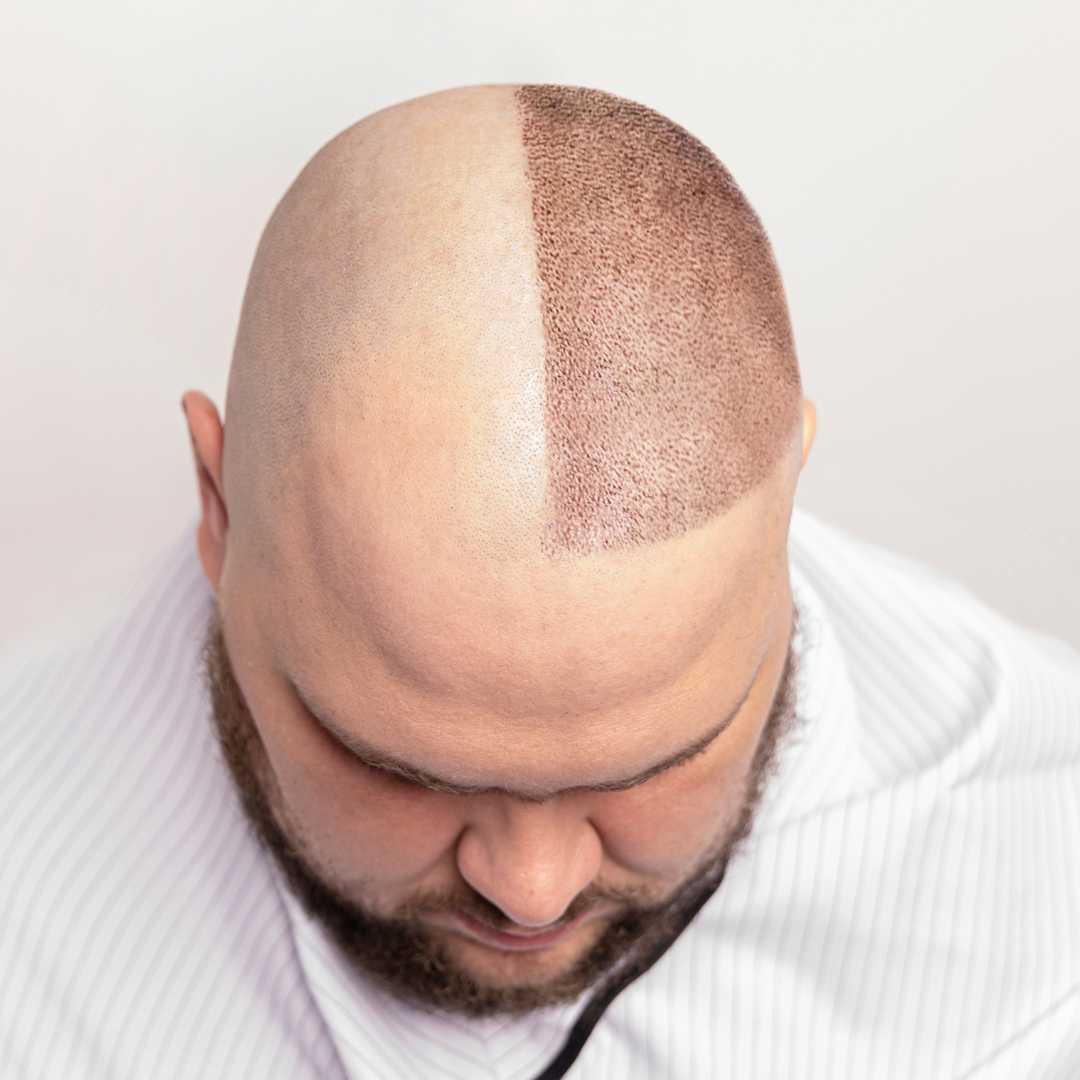

.jpg)
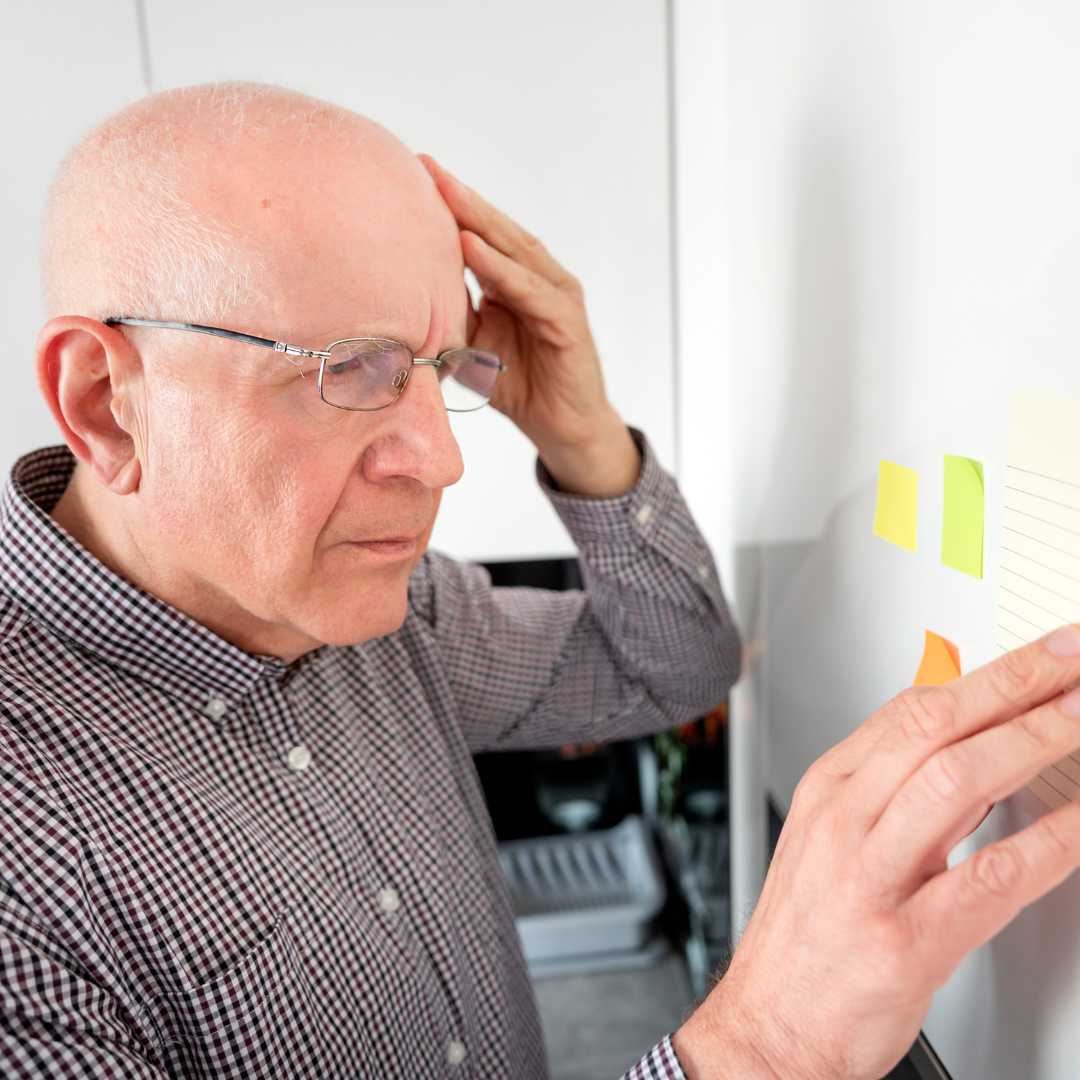


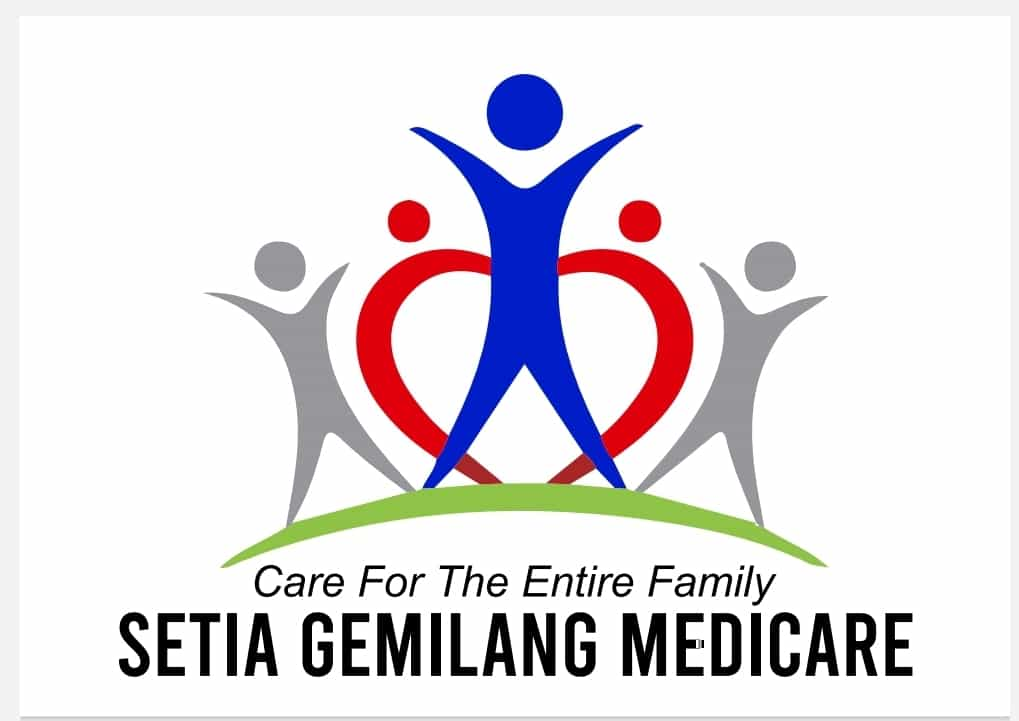


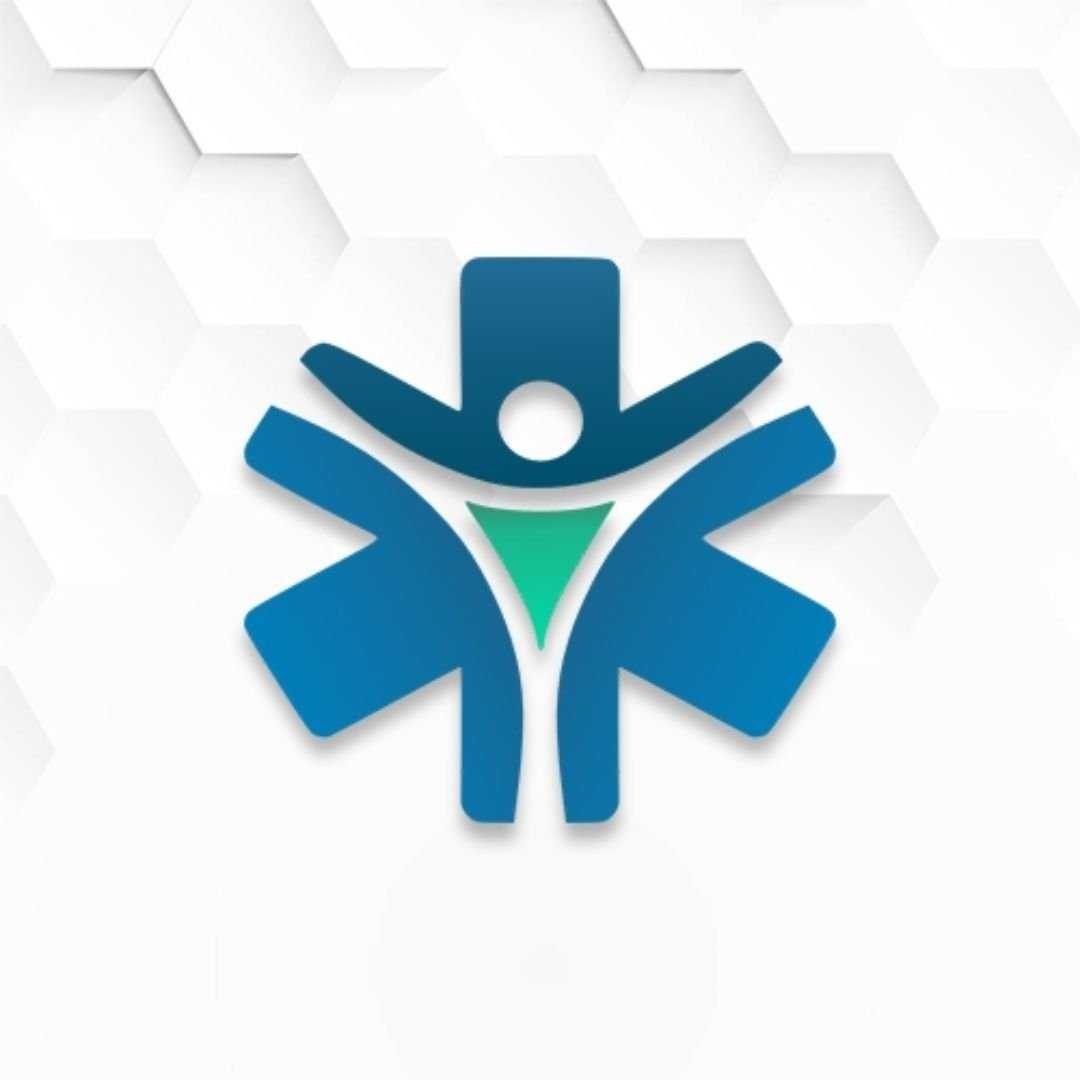


Share this listing